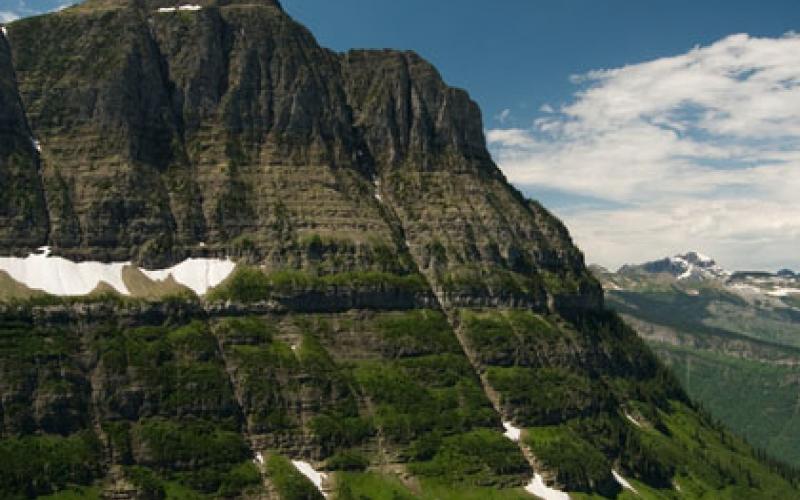Climate warming doesn’t guarantee that tree lines will rise

Climate warming doesn't guarantee that tree lines will rise
It is often assumed that global warming will make mountain trees climb uphill. A new long-view study shows that this is not always the case, meaning that managers must take heed when planning the future of their forests.
Original Paper
Rik Van Bogaert, Kristof Haneca, Jan Hoogesteger, Chister Jonasson, Morgan De Dapper, Terry V. Callaghan, "A century of tree line changes in sub-Arctic Sweden shows local and regional variability and only a minor influence of 20th century climate warming,"Journal of Biogeography, 38 (2011), 907-921. DOI: http://dx.doi.org/10.1111/j.1365-2699.2010.02453.x
The close boundary between where trees can grow and where they cannot is what makes "tree lines" appear. Tree lines can be seen as sharp divisions between forests and bare rock. They are visible at high elevations and are more pronounced at latitudes near the poles. They occur when the habitats of trees are essentially cut off by cold conditions. It is thought that global warming, then, which is making mountain temperatures get warmer, will allow trees to extend their reach further uphill.
A new long-view study in The Journal of Biogeography reveals that this is not always the case. A team of researchers from institutions in Sweden, Belgium, and the U.K., led by Rik Van Bogaert at Ghent University, has examined the historical trends of tree lines in a near-Arctic forest region in Sweden. The alpine forest area, known to have experienced significant climate warming over the past century, did not show consistent changes in the boundaries of its tree lines. This ran contrary to expectations that climate change would push them all upward. Some tree lines did go higher, but others went downhill, and some stayed the same. The researchers investigated the patterns by using on the ground field research, repeated photographic comparisons, tree-ring data, and historical documentation on the human and animal impacts on the landscape that went back to the 1600s.




